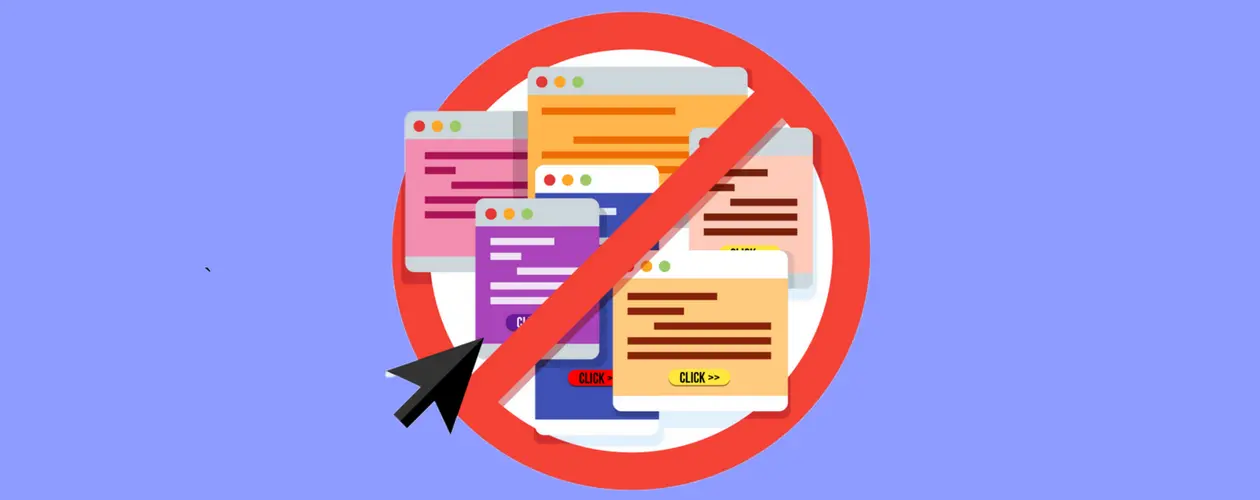
Now that we’ve covered the fundamentals. The entire procedure begins before the ad gets any clicks. Let’s take a closer look at how to click fraud protection systems like the click function, step by step.
The Tracking Form
The tracking template is essential because it records all ad views. Without the design, no system can tell whether a person is human or a bot. What’s the positive news? It is simple to set up. Go to your Google Ads account and upload it under the account options.
The monitoring form gets then pasted into your account. That’s all! In less than three minutes, you get done. Furthermore, click fraud protection is not intrusive. There are no distractions. It eliminates fraudulent behaviour in the background and does not require human management. It also does not affect the speed with which your website or advertisements run. It monitors and examines all your actions in real time, all within milliseconds.
Data Gathering
When a user hits on one of your advertisements, the site begins a data-gathering period. The device collects over 250 data elements, including the following:
- Internet Protocol location
- Browser
- The ID of the device
- Resolution
- User-agent
- Location
Using the monitoring template, we transmit this information to the server. We can collect more data with it than Google as part of its invalid traffic like the click fraud protection. It’s known as server-side fingerprinting. And it’s a form of data gathering that protects the device and user’s privacy.
Analysis
The following stage entails a thorough examination of every inbound click. The algorithm calculates the likelihood of it being fake, click by click. It examines our vast information when Lunio studies a click. The website has over 40,000 profiles and billions of views. So, when you get a hit, we examine this list to see if we’re already monitoring an IP address. All of this happens in real time due to our cutting-edge machine-learning technology.
We also look through public documents to see if the person works for a library, VPN, cafe, or mobile network supplier. Remember that public eliminations and documents aren’t always up to current. That is why, for protection, we depend on first-party data and supplement it with third-party data.
Exclusions from IP
When we determine that a person is fraudulent, we restrict their IP address. As a result, we’ll only ever stop malicious activity after double verifying. It implies that genuine clients are unaffected. It’s a difficult juggling act to master. It is due to two factors:
- We don’t want to block users too quickly because it will reduce revenue and consumers.
- We don’t want to block people too late, or your ad money will deplete.
- When identifying a malicious individual, we immediately put them on the IP restriction list. It gets accomplished through our secure and verified API method.
- We don’t need administrative permission for this step, so your account gets secure. It, however, is only literal for Google.






